To wrap up your visit to Calais, here are a few more great ideas and activities we just can’t keep to ourselves. Ready? Let’s dive in.
One of Calais’s standout attractions is the City of Lace and Fashion. Lace—synonymous with French elegance—is the luxury fabric that put this northern town on the map over 150 years ago. So it’s only fitting that there’s a whole
museum dedicated to it. Head over to the Saint-Pierre district, the historic heart of the lace-making industry. There, in a beautifully restored 19th-century factory, the museum has been welcoming visitors since 2009. Spread across 2,500 square meters, it traces the rich history and craftsmanship of lace in Calais. You’ll follow the incredible journey from the arrival of English lace-makers and their smuggled looms, right through to the creations of famous designers like Givenchy, Balenciaga, Dior, Poiret, and Chanel. You’ll also witness the evolution of the trade—from intricate handwork using bobbins and needles to the dawn of mechanical production.
The Grand Theatre of Calais
Just a short 8-minute walk from Place d’Armes, still in the Saint-Pierre district, you’ll find another gem: the Grand Theatre of Calais. With its imposing baroque façade—52 meters long and 27 meters wide—this striking building is hard to miss. Like the Town Hall, it’s part of the wave of construction that followed the 1885 unification of Calais with its former neighbor, Saint-Pierre-lès-Calais. Back then, no effort was spared to make the new city shine. Opened in 1903 with great fanfare, the theatre was even used by the Germans for their wartime balls. Today, it remains one of the city’s main cultural venues. Just outside, you’ll see a statue of Jacquard—the man whose invention of the programmable loom revolutionized the lace industry.
Military architecture
Given its position facing England and the Spanish Netherlands, Calais has a long history of standing guard. Though its ramparts are long gone, you can still explore the citadel and some impressive forts. One of the best-preserved is Fort Nieulay, just a 10-minute drive from Place d’Armes. This fortress was a key defensive point during English rule from 1360 to 1558. In the 17th century, it was redesigned by the famous military engineer Vauban, who added a system of locks designed to flood parts of the city in case of invasion. Restored in the late 20th century, Fort Nieulay is now a great spot for a scenic walk, blending nature and history.
World War II: remembering the past
In and around Calais, you’ll find plenty of concrete reminders of World War II—bunkers, anti-aircraft sites, tank traps, and coastal batteries. One of the most impressive is the Todt Battery, a must-see for any history enthusiast. Located around 30 kilometers from Calais, it was part of the infamous Atlantic Wall—the massive defense line built by Nazi Germany along Europe’s western coast to stop an Allied invasion. Since 1973, one of the four bunkers has been transformed into a powerful museum, offering a glimpse into the daily lives of German soldiers during the war. The collection is huge—thousands of objects including weapons, uniforms, posters, and even a rare German K5 railway cannon, the only one of its kind on display in France.
Explore the coast
While you’re in the area, don’t miss a trip to Cap Gris-Nez, near the village of Audinghen where the Todt Battery is located. It’s home to the northernmost cliffs in France and is one of the natural highlights of the Opal Coast. Just 16 kilometers away lies its stunning twin, Cap Blanc-Nez—another scenic wonder worth the journey. You can hike between the two along a gorgeous coastal trail or drive, making sure to stop by the quaint village of Wissant. With its peaceful vibe and sweeping bay, it’s a lovely place to pause and take in the sea air.
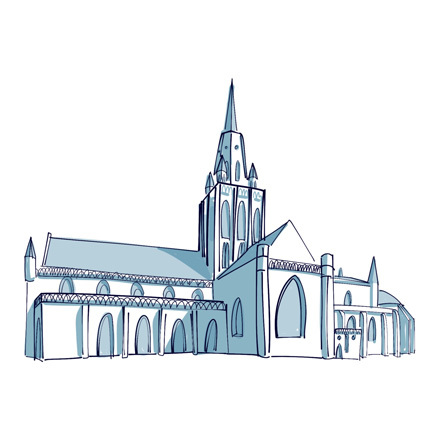

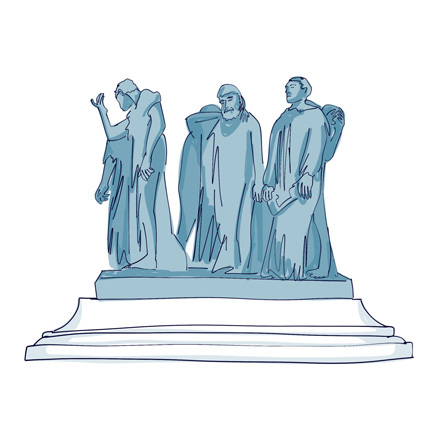

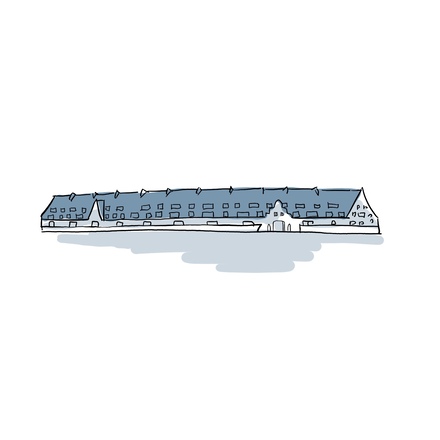
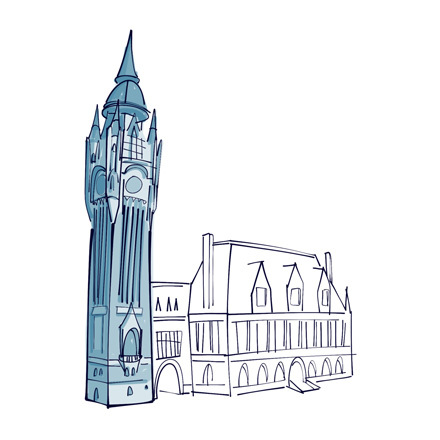





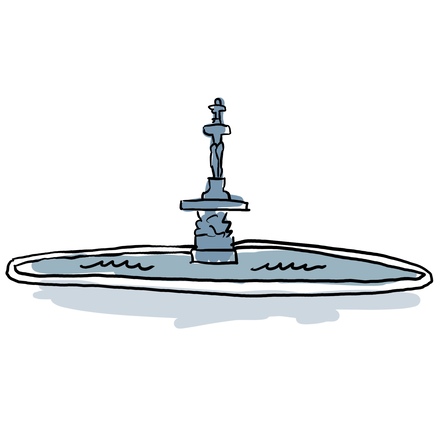

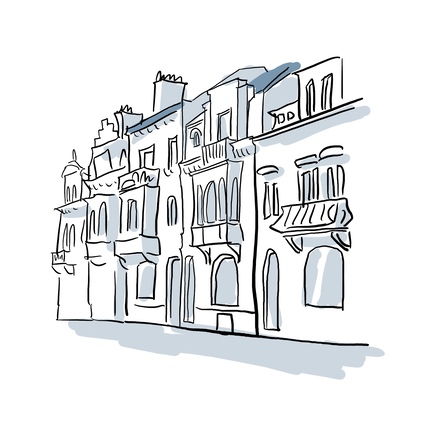






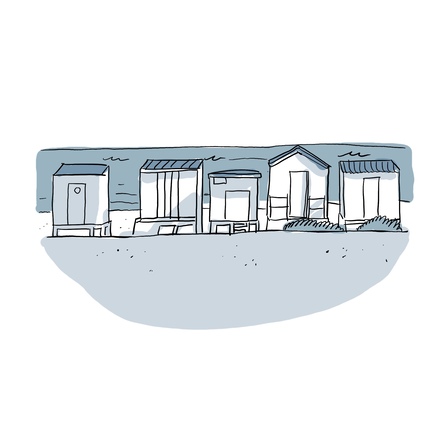

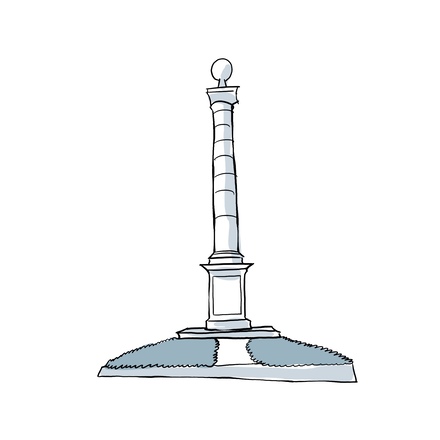
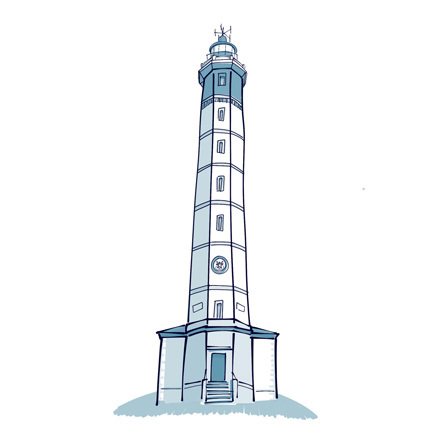



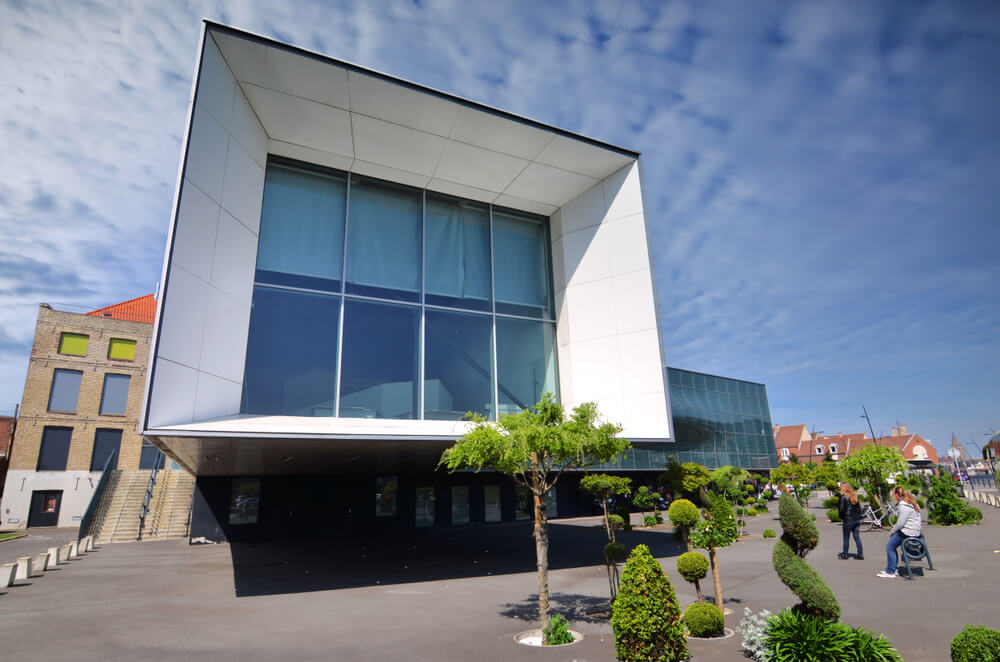


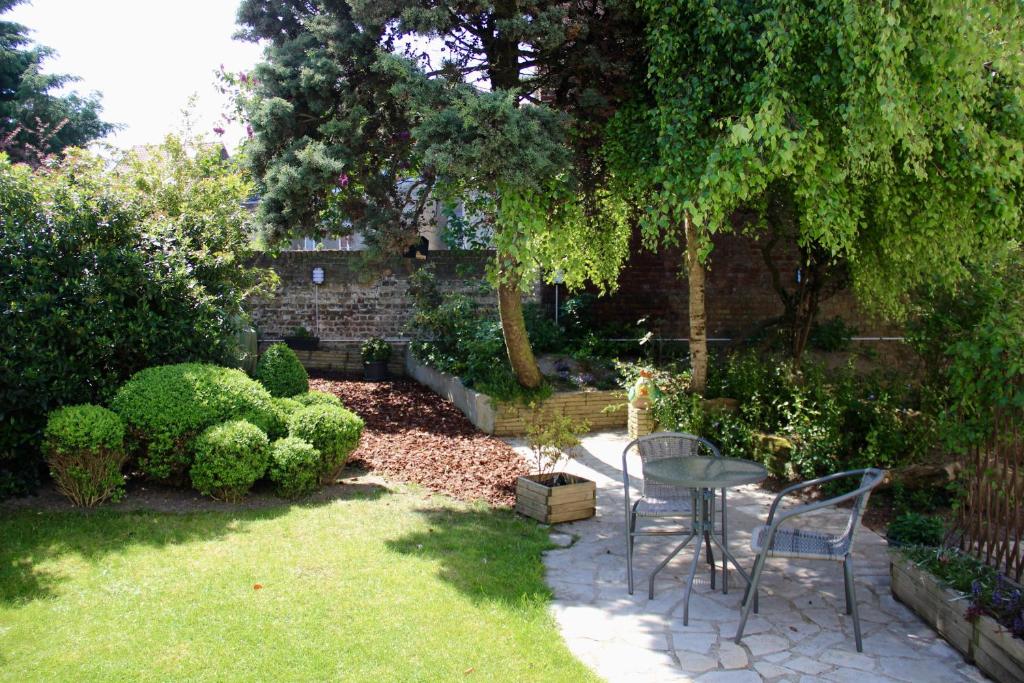
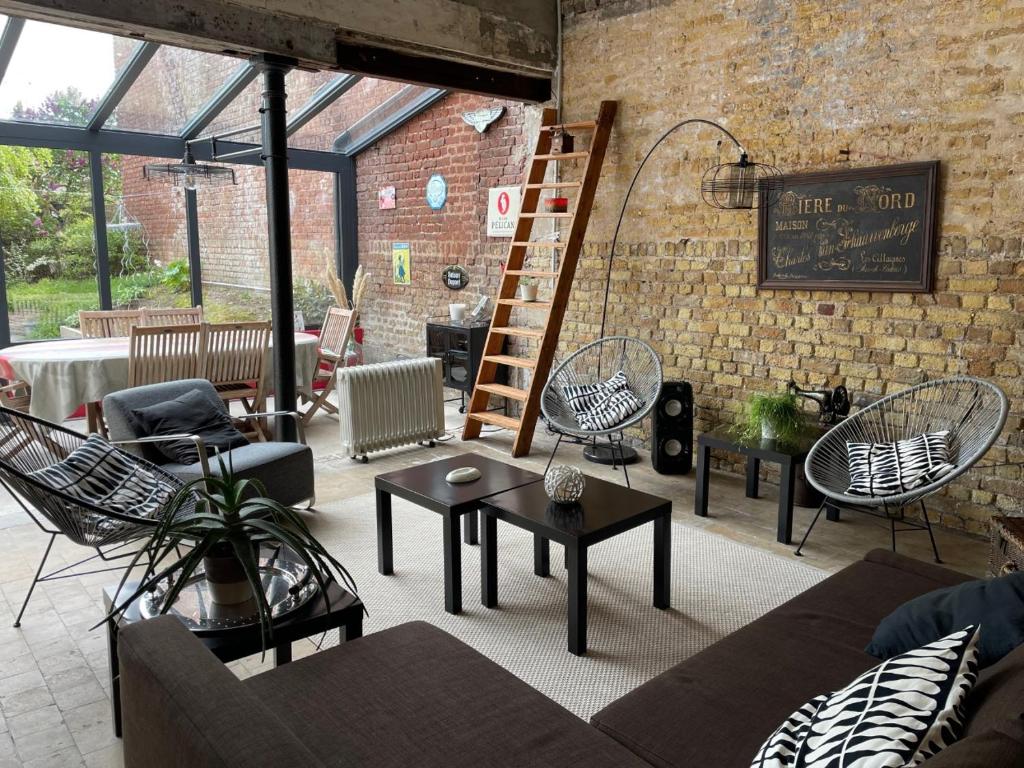
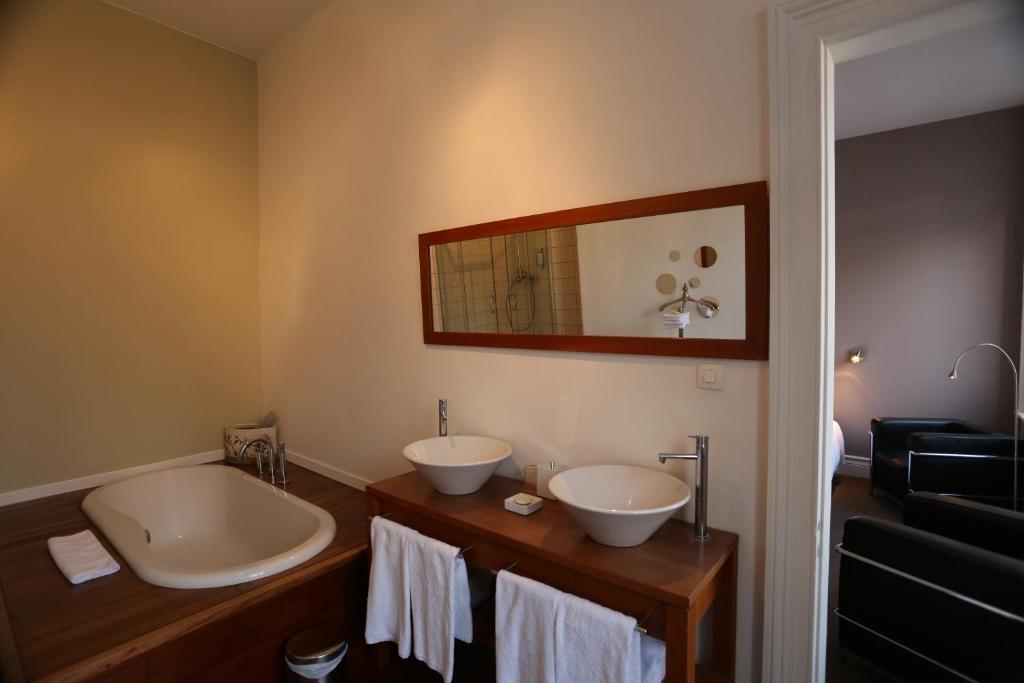
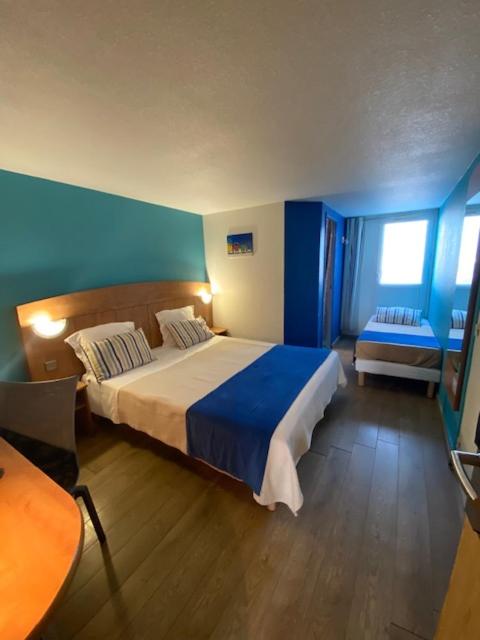
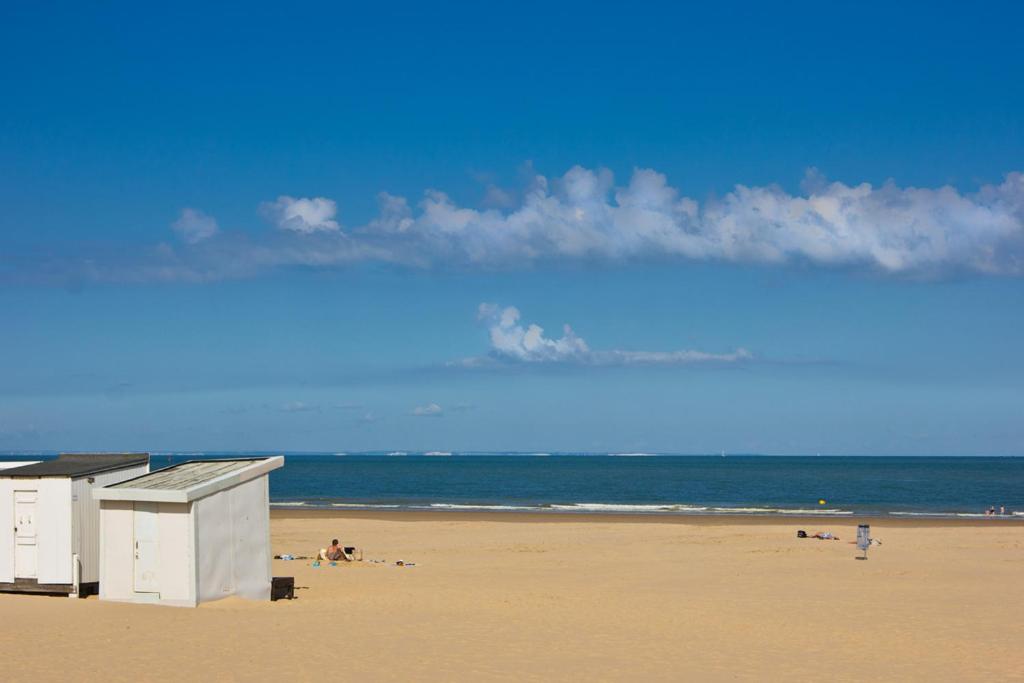
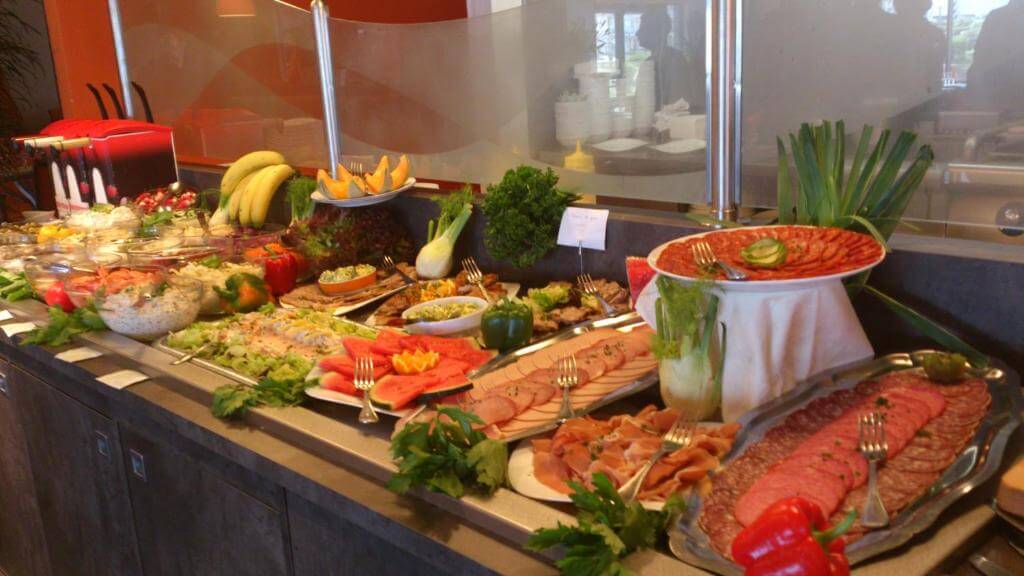
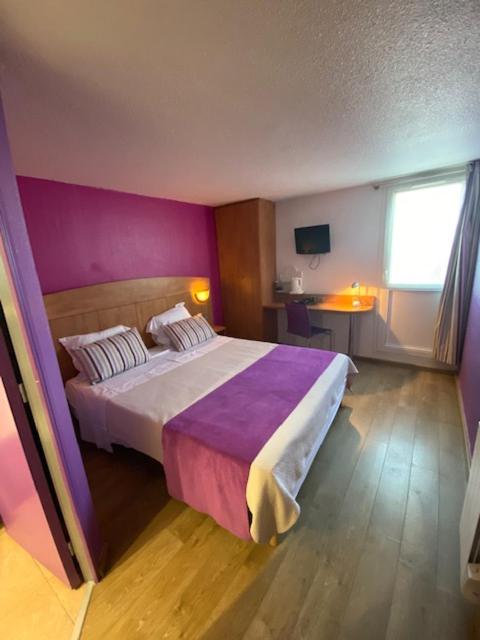
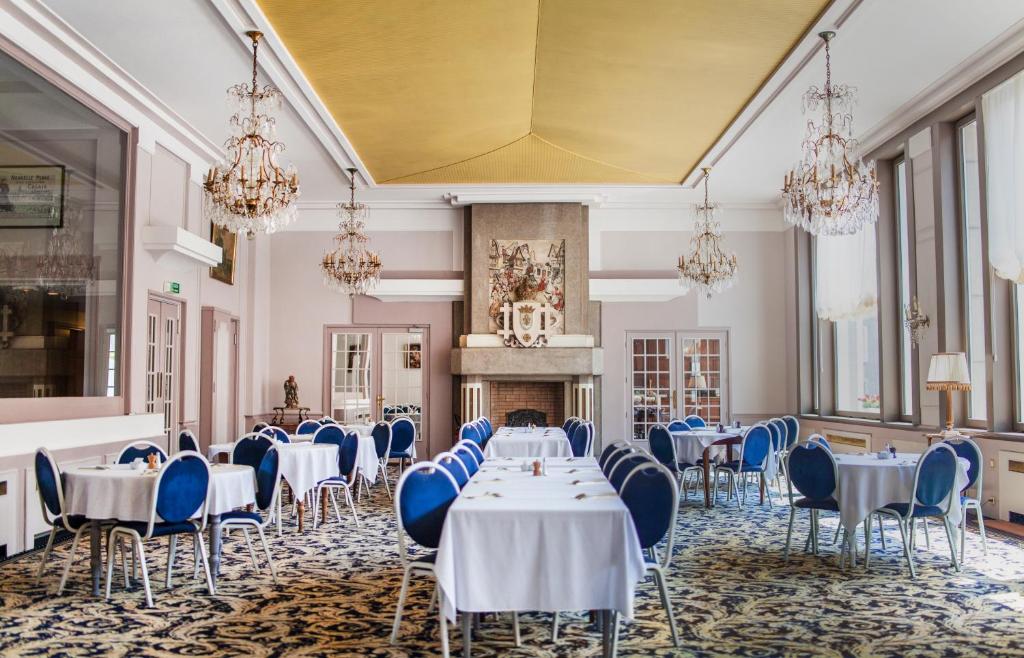
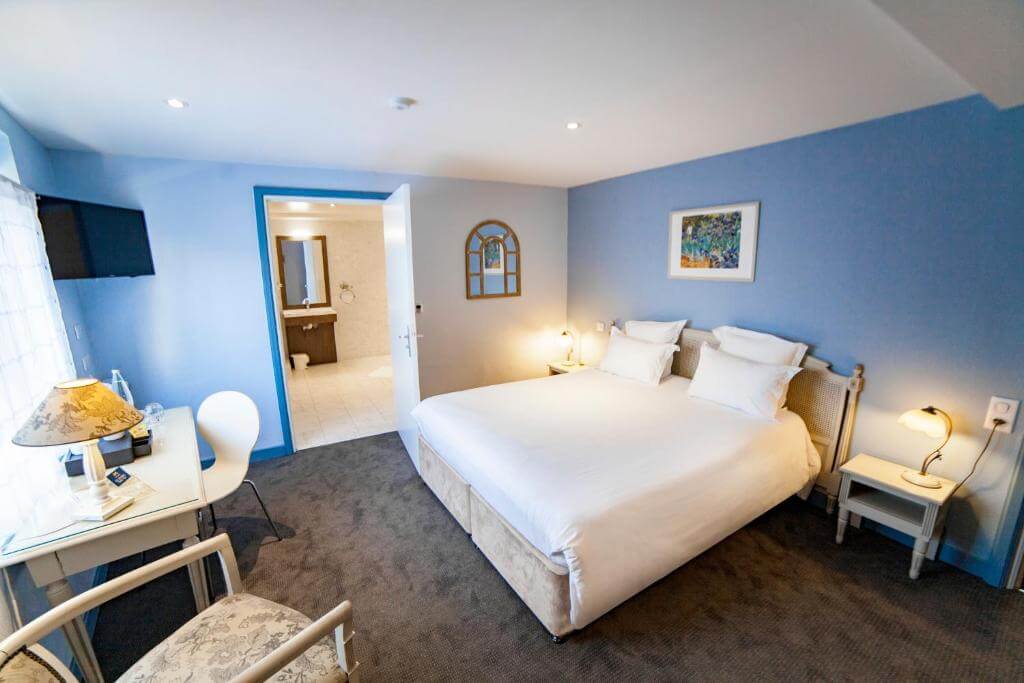
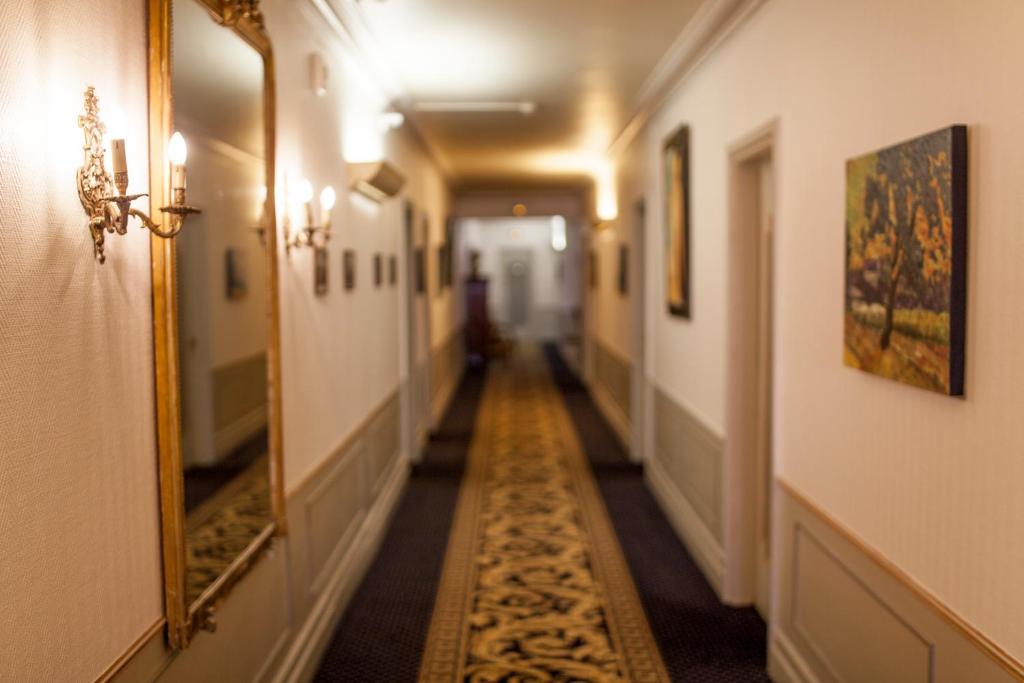
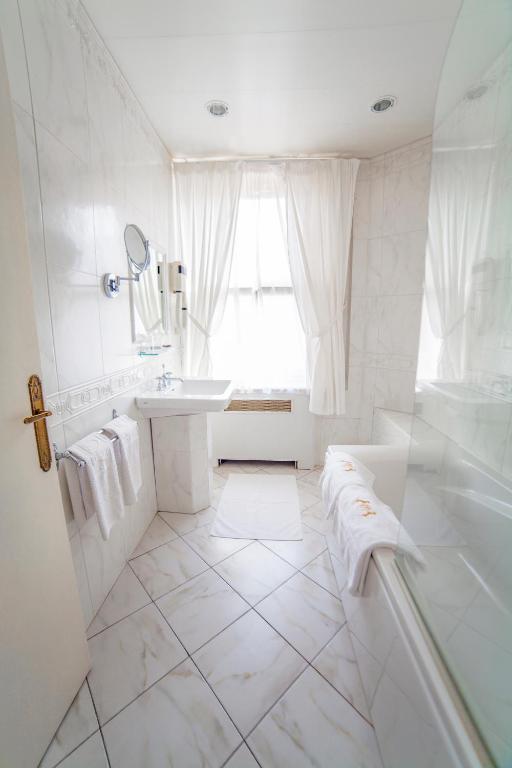

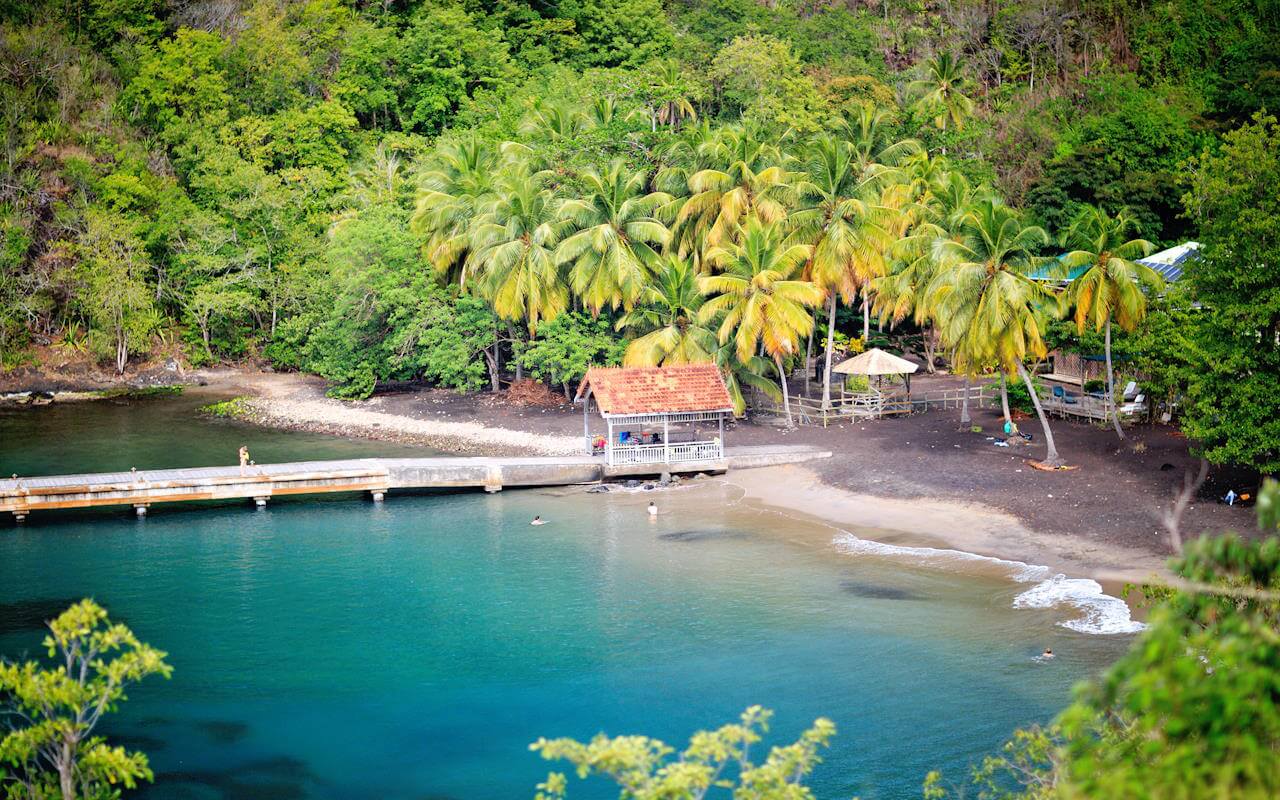

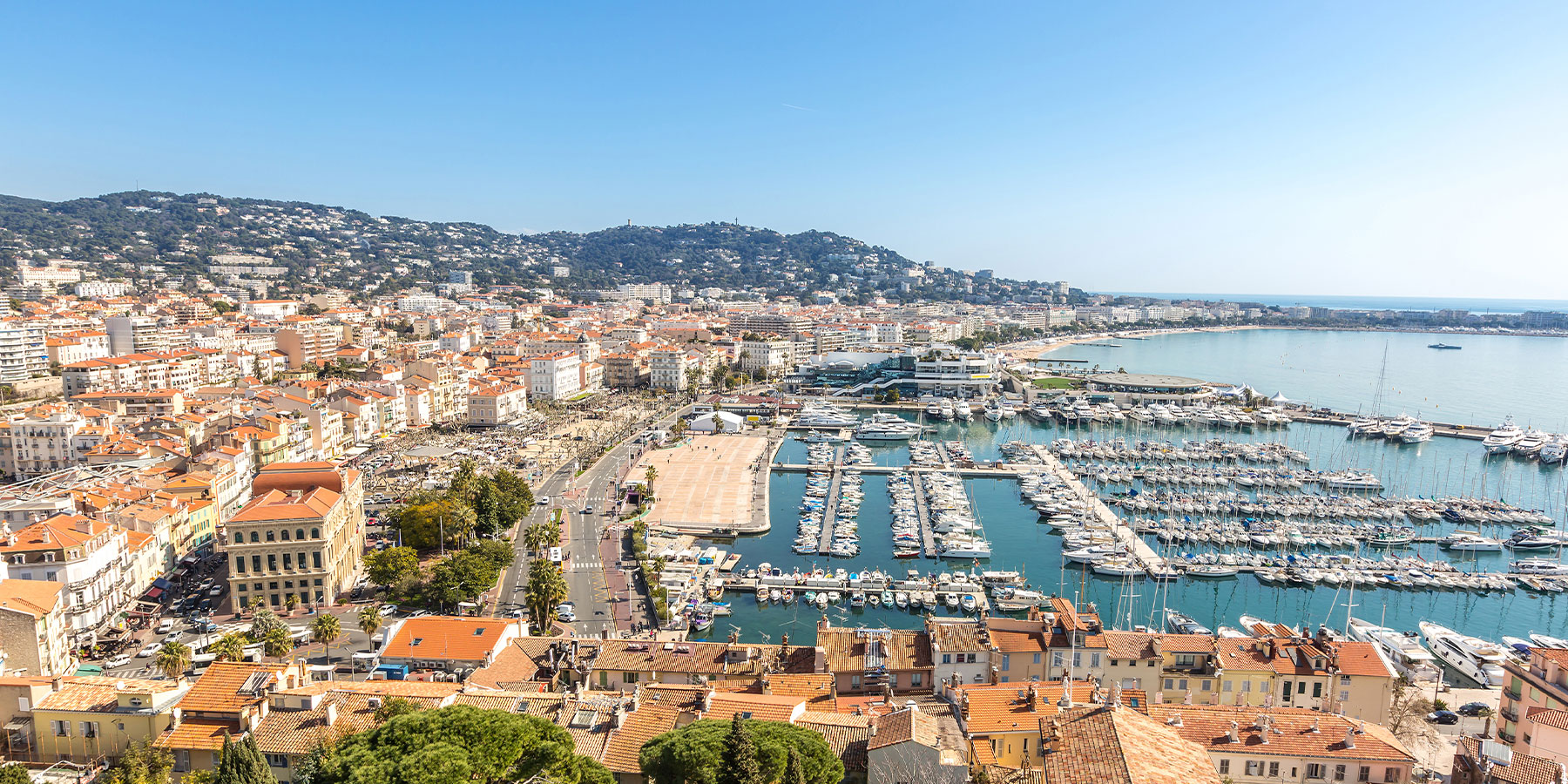
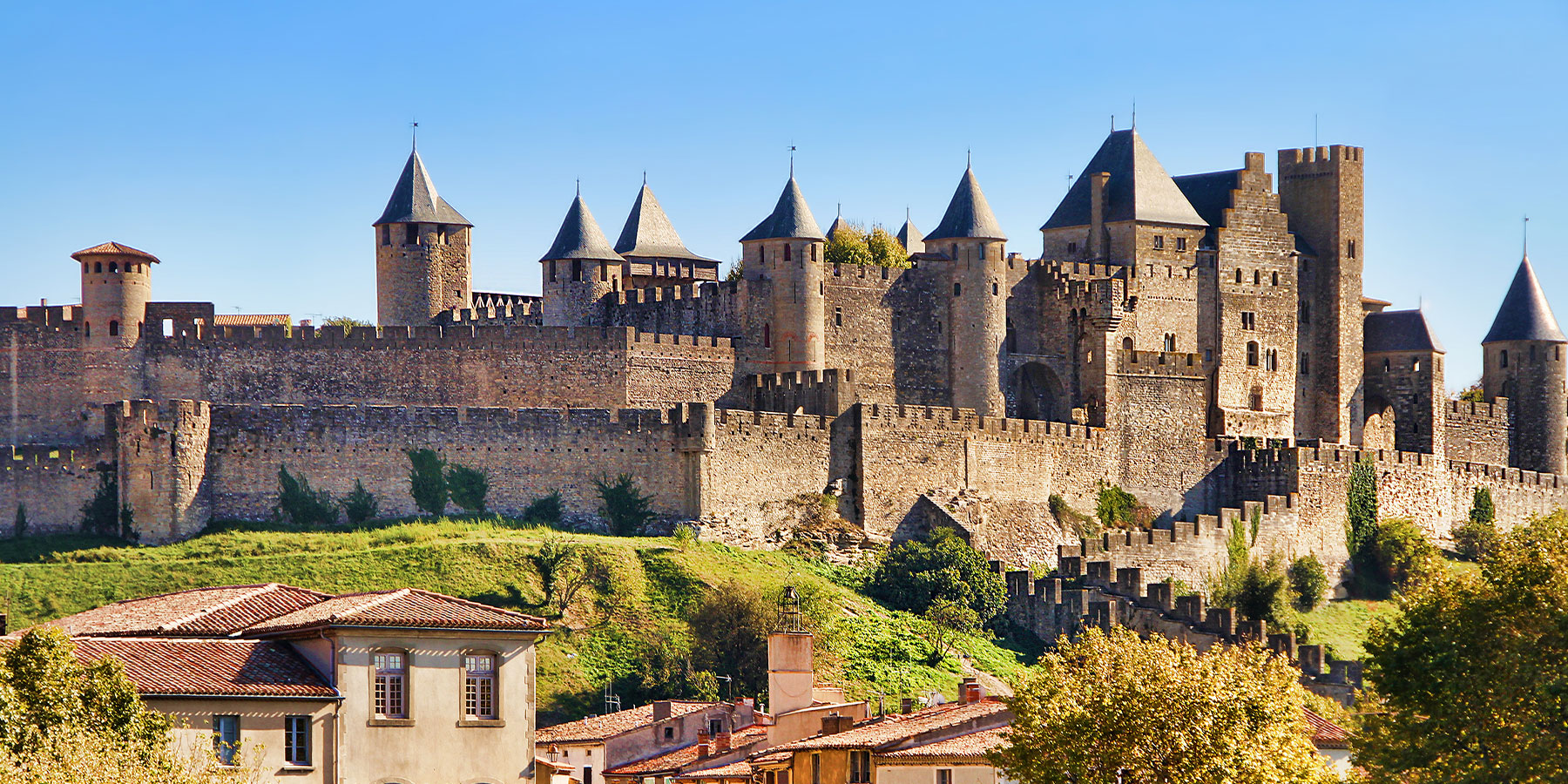
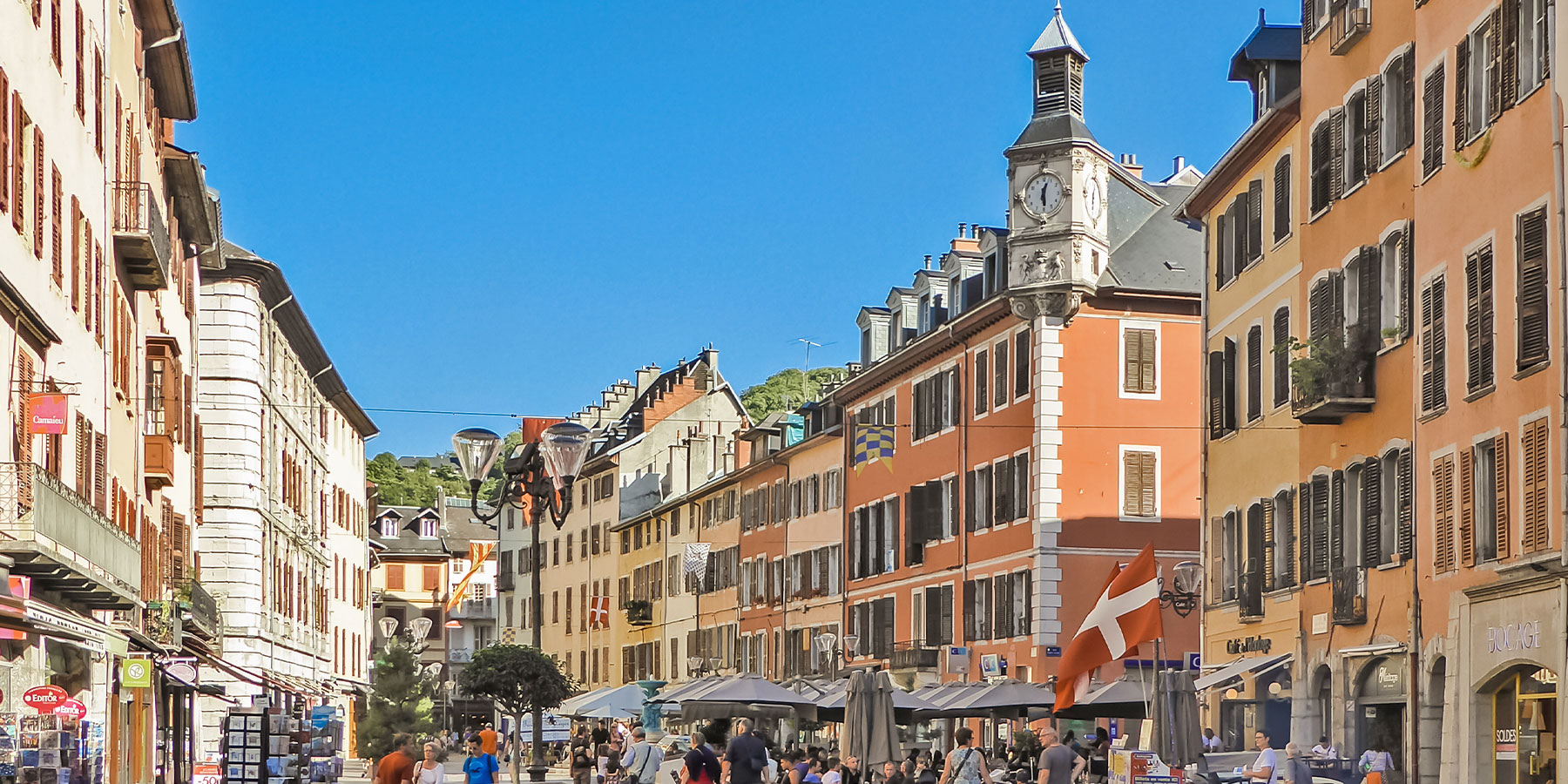


Comments